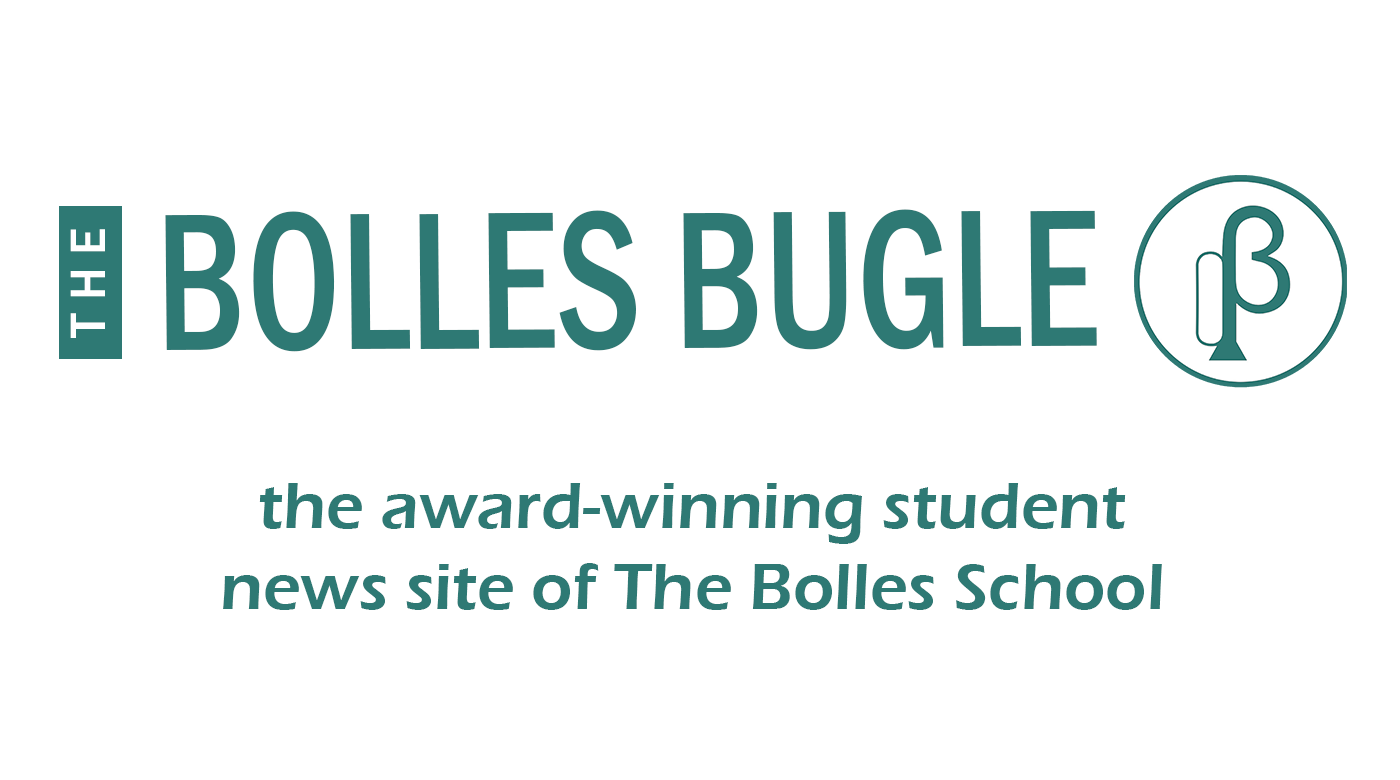Midterms are stressful. The schedule is sent out months ahead, teachers don’t talk about them until a week before, and you probably just figured out how to study for the class.
I have spent years learning the best way to study and take midterms, and here’s what I’ve learned:
Break it up:
The most important advice that I can give you is to break it up. Whenever you start studying for your midterms, identify which class you struggle with the most and then work down from there. After you identify which classes to prioritize, move on to identifying which topics in those classes you need to study.
Of course, teachers give you homework the week before exams and you may have tests and quizzes to study for, but try to set aside at least an hour that you break into 20-minute sessions to study overall topics for classes.
Studying for your AP midterms may be stressful, especially in science APs because teachers commonly put material that you haven’t yet learned on the exam. Take these as a practice test: don’t stress about the effect on your grade, but approach the exam as you would the final.
Another nice way to break up studying is to study with friends. Now, of course, you and your friends are going to get distracted, but you are also motivated to do well on your exam, so side conversations provide a nice break during a four-hour study session.
Materials:
Teachers will always tell you to bring a couple of things, so here’s a reminder and what I bring to exams. I always make sure I bring multiple pencils that are all sharpened and have an eraser. Some teachers ask that you use a pen on certain parts of the exam, so make sure that you have a blue or black ink pen that is new, so you don’t want to run out of ink halfway through your DBQ. Bonus points if you use erasable ink.
Some exams are in an online format so make sure you charge your computer the day before and bring your charger to the exam just in case. One more item you should be sure to charge is your graphing calculator.
Bring a copy of your exam schedule with you as well to double-check what exams you have that day and where they are.
Extra Tips:
Write up your own personal cheat sheet. Make one of these for each of your classes and include equations, key terms, timelines, and topics you struggled with while studying. Creating these and bringing them to your exams helps get your brain thinking and not have to worry about scrambling to switch from one exam topic to the next. Just make sure these cheat sheets don’t find their way into the exam room!
The day before your exam, be sure to get a good night’s rest and don’t cram all of your studying that night. When you wake up, eat a nutritious breakfast and get to your exam at least 10 minutes early so you have time to prepare.
To reduce any stress that you might have, try box breathing. This is a great technique to calm your nerves incognito. Simply breathe in for four counts, hold for four counts, breathe out for four counts, and hold for another four counts. You can repeat this as many times as you need until you feel calm.
And remember, don’t stress. It may seem like a lot of pressure to do well on your midterms, but you still haven’t learned everything. Using these skills is great practice for when you have your finals at the end of the year and in college. And finally, good luck on your exams. There is no reason why your shouldn’t do great if you implement some of these strategies.



